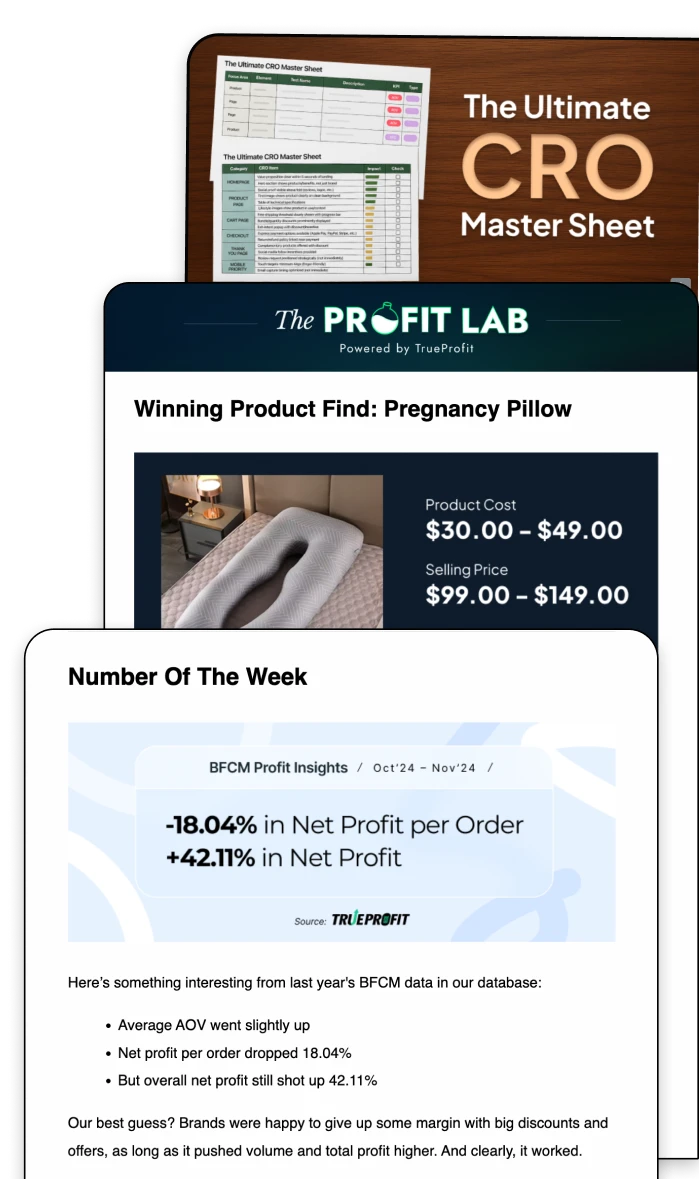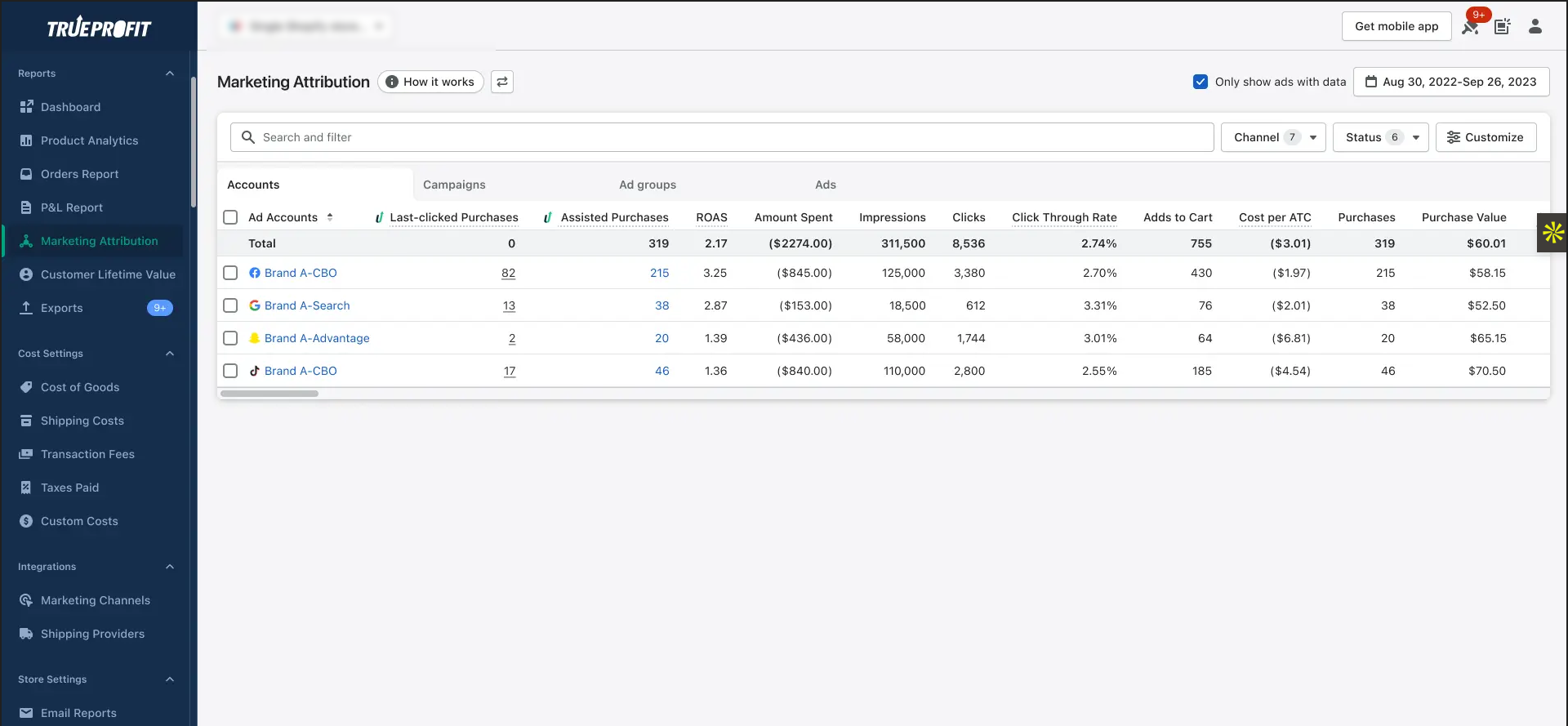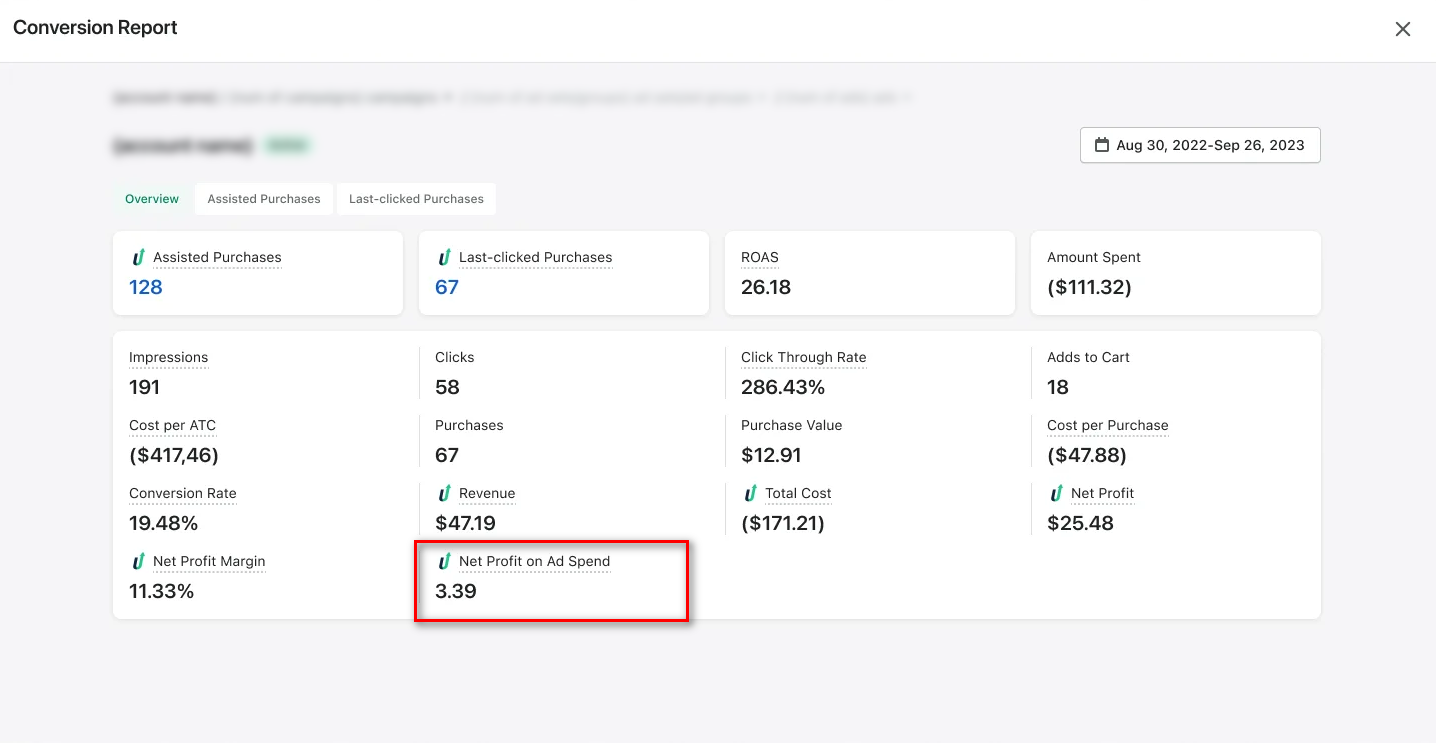What Is Revenue Attribution: Complete Beginner’s Guide 2025
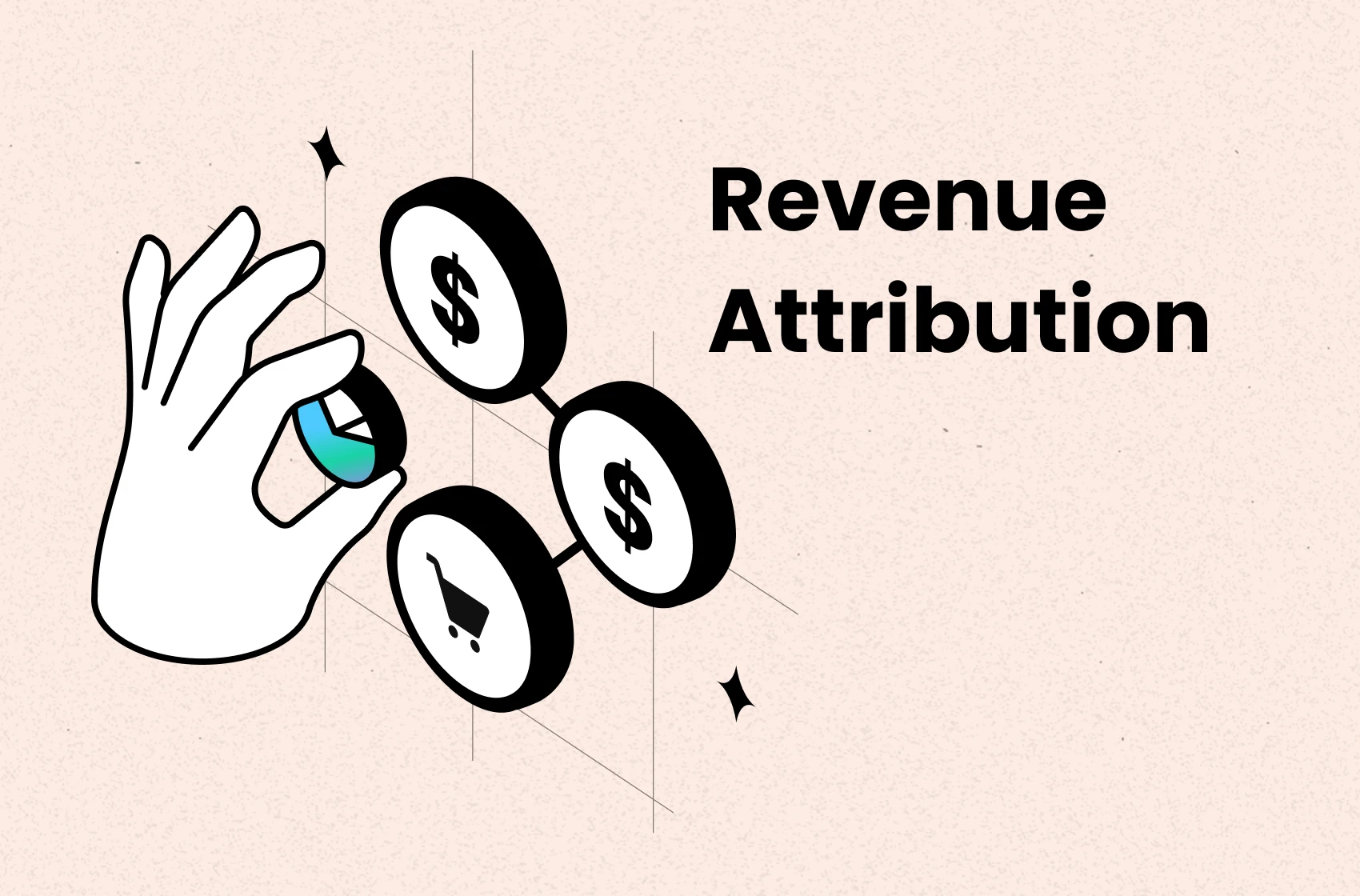
Revenue attribution reveals which marketing efforts generate actual dollars for your eCommerce store—not just traffic, clicks, or even conversions.
In this guide, you'll learn what revenue attribution measures, how it differs from basic conversion tracking, the models available, and how to choose the right approach for your eCommerce business.
What is Revenue Attribution?
Revenue attribution is the process of tracking and assigning credit for revenue to the marketing and sales efforts that contributed to generating it.
For better understanding, let’s dive in this example:
- A customer discovers your skincare brand through a YouTube influencer video on Monday.
- He clicks your Google Shopping ad on Wednesday after searching for "vitamin C serum."
- Then, he opens your abandoned cart email on Friday and completes a $180 purchase.
So, how much of that $180 revenue should be credited to YouTube, Google Shopping, and email?
Revenue attribution models answer this question.
And getting it right determines where you invest your marketing budget for maximum ROAS.
Revenue Attribution vs Marketing Attribution
Here’s the big difference: revenue attribution shows you where the dollars come from, while marketing attribution shows you how your marketing influences people along the way.
So, you’ve probably heard both terms thrown around — revenue attribution and marketing attribution — but what’s the real difference? Let’s break it down.
Revenue attribution is all about following the money. It tells you exactly which marketing and sales activities are bringing in actual revenue. It connects closed deals and dollars earned back to the specific campaigns or channels that made them happen. This is super helpful when you want to prove what’s working (and what’s not) so you can spend your budget wisely.
Marketing attributions, on the other hand, takes a step back and looks at the entire customer journey. It shows you which touchpoints — ads, blogs, social posts, emails — help move someone from “just browsing” to “I’m ready to buy.” Even if a single touchpoint doesn’t close the deal on its own, it still plays an important role in nudging the customer forward.
Think of it this way: use both together if you want the full story.
Revenue Attribution vs. Conversion Tracking
The big difference is this: conversion tracking measures activity, but revenue attribution measures impact — the “what was it worth?”
It’s easy to lump these two together, but they’re not quite the same thing. Conversion tracking tells you what actions people took — think orders placed, forms submitted, or free trials started. It’s all about counting how many conversions happened, where they came from, and what your conversion rate looks like for each channel. So, if you want to know “Did this ad campaign bring in sign-ups?” conversion tracking gives you that answer.
Revenue attribution goes a step deeper. It connects those conversions to actual dollars, showing you which touchpoints and activities didn’t just drive clicks or sign-ups, but actually put money in the bank. It can reveal the revenue generated per touchpoint, your average order value by channel, and even help you understand your customer lifetime value.
For example, two channels might drive the same number of conversions, but one brings in high-value customers who stick around, and the other doesn’t. Without revenue attribution, you’d never know which is truly worth investing in.
So, think of it this way: conversion tracking shows you which levers you’re pulling, and revenue attribution shows you which levers actually make you money. Use both together, and you’ll have a clearer picture of how your marketing efforts really pay off.
Why Does Revenue Attribution Matter?
1. Optimize Ad Spend for Revenue
You see which marketing activities generate the most revenue per dollar spent, through 3 insights you can fast act on:
Insight | What It Shows |
|---|---|
High-ROAS channels | Deliver strong revenue returns that justify increased budgets. |
Volume channels | Drive traffic and awareness but need AOV optimization. |
Quality channels | Bring fewer customers but attract higher-value segments. |
2. Customer Segment Insights
Combined with Lifetime Value analysis, you can understand which marketing channels attract your most valuable customer segments:
Insight | What It Shows |
|---|---|
Impulse buyers | Convert quickly but have a low repeat purchase rate. |
Researchers | Take longer to consider but have a higher average order value (AOV). |
Deal seekers | Show high conversion rates but yield low margins. |
3. True eCommerce ROI
Connect ad spend directly to revenue generation, so you can grasp insights on:
Insight | What It Shows |
|---|---|
Channel-level ROAS | Identifies which platforms drive the highest returns. |
Campaign-level performance | Reveals which creative/audience combinations work best. |
Product-level attribution | Shows which marketing efforts drive sales of your highest-margin items. |
7 Revenue Attribution Models for eCommerce
Different attribution models tell different stories about which touchpoints deserve credit for your store's revenue. Choose the wrong model and you'll optimize for the wrong channels.
eCommerce Revenue Attribution Models: Quick Comparison
Model | Credit Distribution | Best For eCommerce | Typical AOV Pattern | Setup Complexity |
|---|---|---|---|---|
First-Touch | 100% to first interaction | Brand awareness campaigns | High discovery AOV | Simple |
Last-Touch | 100% to final interaction | Retargeting optimization | Lower AOV, quick conversion | Simple |
Linear | Equal credit to all touchpoints | Multi-channel strategies | Balanced AOV | Easy |
Time Decay | More credit to recent interactions | Performance marketing | Increasing AOV toward purchase | Medium |
U-Shaped | 40% first + 40% last + 20% middle | Awareness + conversion balance | Strong discovery and closing AOV | Medium |
W-Shaped | High credit to key milestones | Email capture + nurture strategies | Email-driven CLV optimization | Complex |
Data-Driven | ML determines credit distribution | Large stores with complex funnels | Optimized for highest CLV patterns | Very Complex |
1. First-Touch Attribution
In first-touch attribution, all revenue credit goes to the customer's first marketing interaction.
How it works:
Customer sees Pinterest ad
→ clicks Google Shopping
→ purchases via retargeting ad
= Pinterest gets 100% revenue credit ($180).
2. Last-Touch Revenue Attribution
In last-touch attribution, all revenue credit goes to the final marketing interaction before purchase.
How it works: Same customer journey = Retargeting ad gets 100% revenue credit ($180).
3. Linear Revenue Attribution
In linear attribution, revenue credit is distributed equally across all touch points in the customer journey.
How it works:
Pinterest ad → Google Shopping → Retargeting ad → $180 purchase.
With Linear Attribution, each touchpoint gets $60 revenue credit.
4. Time-Decay Attribution
In time-decay attribution model, more revenue credit given to touchpoints closer to the purchase.
How it works:
14-day customer journey: Pinterest ad (Day 1) → Google Shopping (Day 10) → Email (Day 14) → $180 purchase
With Time-Decay, Pinterest gets $35, Google Shopping gets $70, Email gets $75.
5. U-Shaped Attribution
In U-shaped attribution models, 40% of revenue credit each to first and last touchpoints, 20% distributed among middle interactions.
How it works:
Customer journey: Pinterest → Google Shopping → Influencer post → Email → $180 purchase
With U-Shaped, Pinterest gets $72, Google Shopping gets $18, Influencer gets $18, Email gets $72.
6. W-Shaped Revenue Attribution
Higher revenue credit is attributed to first interaction, email capture moment, and final conversion in w-shaped revenue attribution model.
How it works: Customer journey: Pinterest ad → Email signup → Google Shopping → Email sequence → $180 purchase
Pinterest gets $54, Email signup gets $54, Email sequence gets $54, Google Shopping gets $18.
7. Data-Driven Revenue Attribution
In data-driven attribution, machine learning analyzes your actual customer data to assign revenue credit based on each touchpoint's statistical influence on purchase value and customer lifetime value.
How it works: Algorithm analyzes thousands of customer journeys, purchase values, and repeat purchase patterns. Compares revenue generated with/without each touchpoint. Assigns credit based on actual influence on total customer value.
For example: Large apparel retailer with 50,000+ monthly orders across 8+ channels. Data-driven attribution reveals TikTok ads have 2x more influence on high-CLV customers than expected, leading to 150% budget increase and 35% improvement in overall customer acquisition cost.
How to Determine Which Revenue Attribution Model to Use
Selecting the right revenue attribution model depends on your store size, customer journey complexity, and business model.
1. Start with Your Customer Journey Length
Customer Journey Length | Recommended Attribution Model |
|---|---|
Quick purchase decisions (same-day or next-day conversions) | Last-touch attribution |
Extended consideration (1–4 weeks) | U-shaped or linear attribution |
Long consideration cycles (1+ months) | W-shaped or data-driven attribution |
Understanding your attribution window helps determine which touchpoints should receive credit within your specific sales cycle.
2. Consider Your Business Model
Business Model | Recommended Attribution Models |
|---|---|
Subscription/replenishment | Use models that credit acquisition channels for ongoing CLV |
Impulse/trendy products | Last-touch attribution |
High-consideration products | Multi-touch attribution, Data-driven attribution |
3. Match Your Marketing Channel Mix
Here's how to align attribution with your eCommerce marketing strategy:
Channel Strategy | Recommended Model |
|---|---|
Primarily paid search + retargeting | Last-touch |
Social media awareness + email conversion | U-shaped |
Multi-channel with influencers + PR | Linear or Data-driven |
Email-heavy with lead magnets | W-shaped |
Performance marketing focused | Time-decay |
For businesses running multi-channel attribution strategies across various platforms, choosing the right model becomes critical for accurate budget allocation.
Beyond Revenue Attribution Models: A Clearer Path to Profitable Marketing
Here’s the problem: Every attribution model mentioned above tracks conversions and revenue, not actual profit.
Because none of these models account for the costs that determine whether a sale is actually profitable.
TrueProfit is a Net Profit Analytics Platform that cuts through attribution complexity by focusing on what actually grows your business—real profit generated by each marketing channel.
The difference is clear:
Traditional Revenue Attribution | |
|---|---|
Facebook drove $25,000 in revenue | Facebook drove $8,200 in actual profit (32.8% margin) |
Email has 12% conversion rate | Email customers generate $3,750 total profit |
Google Ads cost more per click | Google Ads deliver $5,400 profit with 45% margins |
Instead of debating which attribution model to use, TrueProfit automatically tracks both Assisted Purchases (campaigns that introduce customers to your brand) and Last-Clicked Purchases (channels that directly drive conversions).

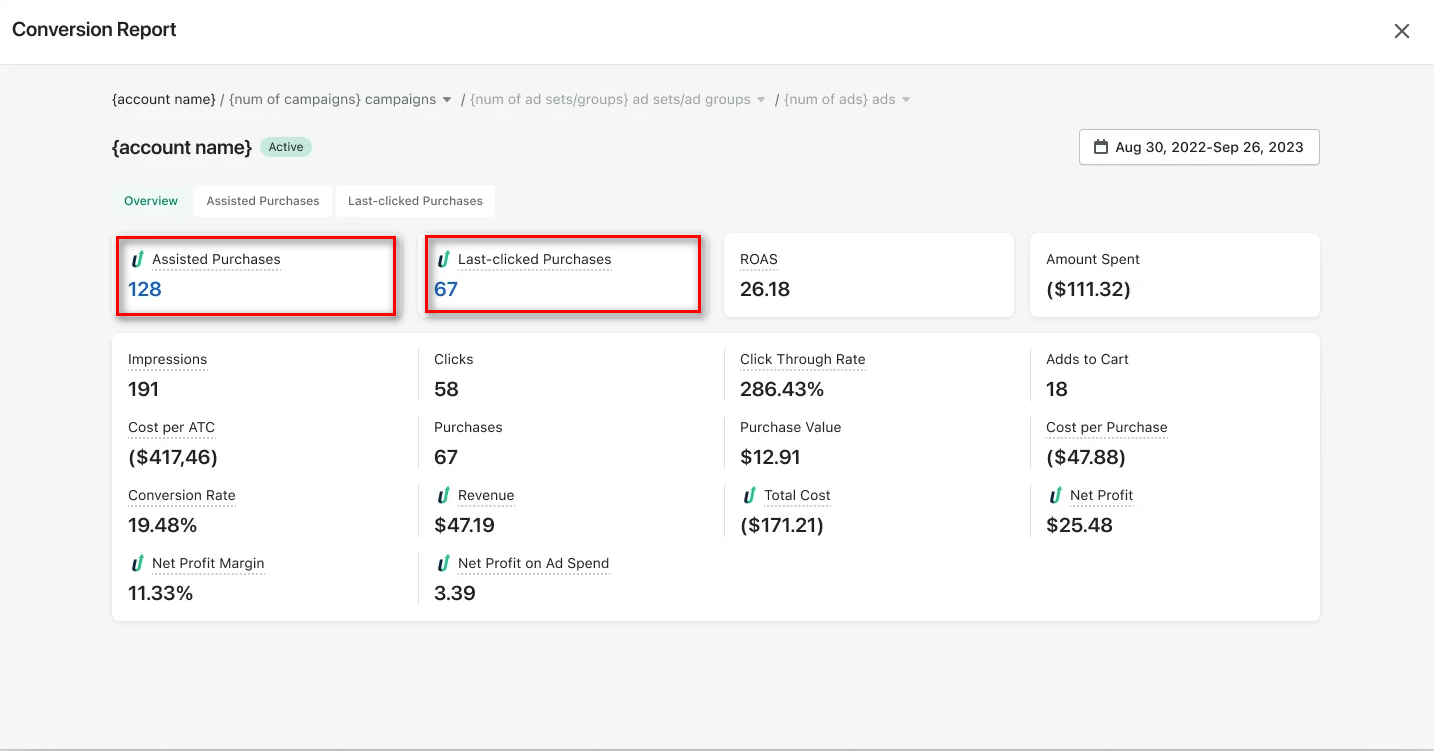
But here's what really sets TrueProfit apart: every metric focuses on Net Profit after accounting for product costs, shipping, returns, and all expenses.
In short, while other attribution tools track top-line revenue metrics, TrueProfit measures actual profit impact with an attribution model you can trust.
What you’re waiting for? Give TrueProfit a try!
By choosing the right attribution model—from simple last-touch to sophisticated data-driven approaches—you can optimize your marketing spend for maximum ROI and stop wasting budget on channels that don't actually drive profitable sales.
Leah Tran is a Content Specialist at TrueProfit, where she crafts SEO-driven and data-backed content to help eCommerce merchants understand their true profitability. With a strong background in content writing, research, and editorial content, she focuses on making complex financial and business concepts clear, engaging, and actionable for Shopify merchants.




 Shopify profits
Shopify profits